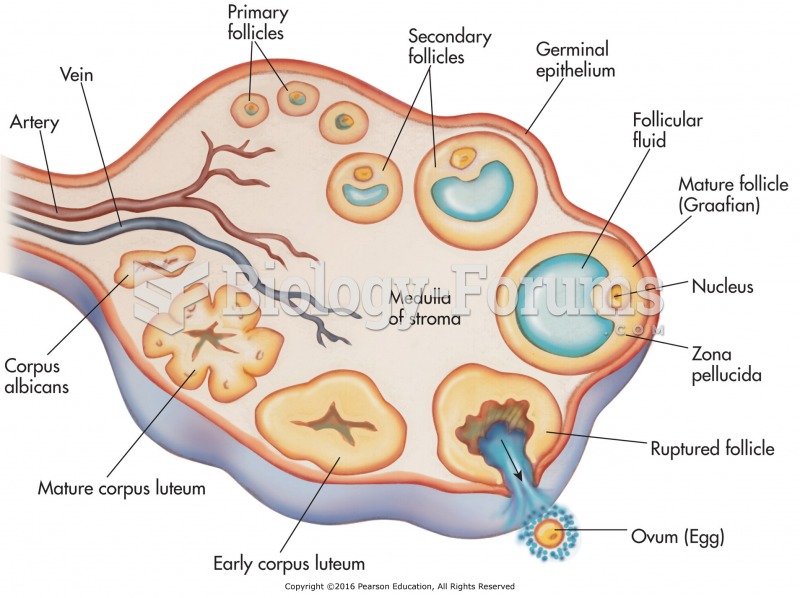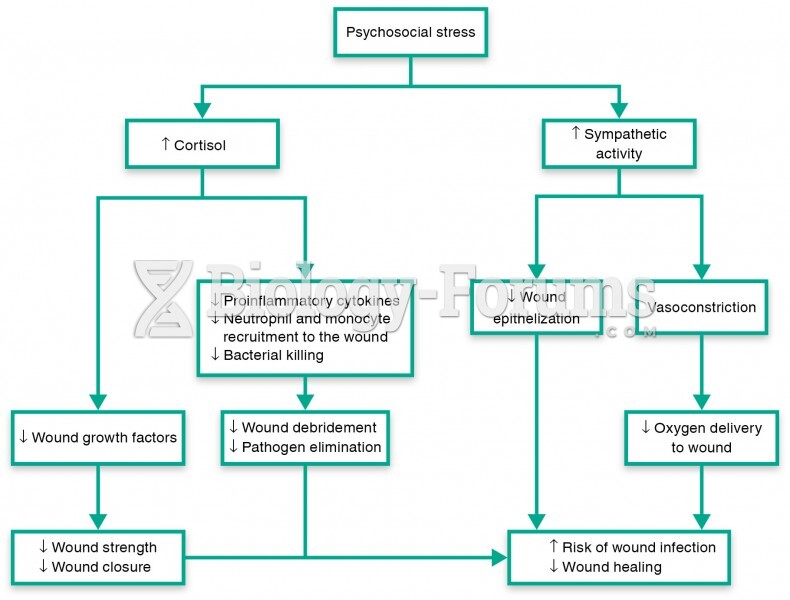Answer to Question 1
Release on Recognizance is a judge's order that releases an accused from jail with the understanding that he or she will return of his or her own will for further proceedings. It is most often used for defendants who are not at risk to jump bail and do not pose a threat to the community.
Answer to Question 2
o Booking:
After an arrest, at the police station, the suspect is searched, photographed, fingerprinted, and allowed at least one telephone call after the booking.
Charges are reviewed, and if they are not dropped, a complaint is filed and a judge or magistrate examines the case for probable cause.
o Initial appearance:
The suspect appears before the judge, who informs the suspect of the charges and of his or her rights.
If the suspect requests a lawyer, one is appointed.
The judge sets bail.
o Grand jury or preliminary hearing:
A grand jury determines if there is probable cause to believe that the defendant committed the crime.
An indictment will follow the grand jury, which is the charging instrument issued.
A preliminary hearing is a court proceeding in which the prosecutor presents evidence and the judge determines whether there is probable cause to hold the defendant over for trial.
An information will follow the preliminary hearing, which is the charging instrument issued by the prosecutor.
o Arraignment:
The suspect is brought before the trial court, informed of the charges, and asked to make a plea.
o Plea Bargain:
A plea bargain is a prosecutor's promise of concessions in return for the defendant's guilty plea.
Concessions include a reduced charge and/or a lesser sentence.
o Guilty plea or trial:
In most jurisdictions, most cases that reach the arraignment stage do not go to trial but are resolved by a guilty plea, often as the result of a plea bargain.
The judge sets the case for sentencing.
If the defendant refuses to plead guilty, he or she proceeds to either a jury trial or a bench trial.







